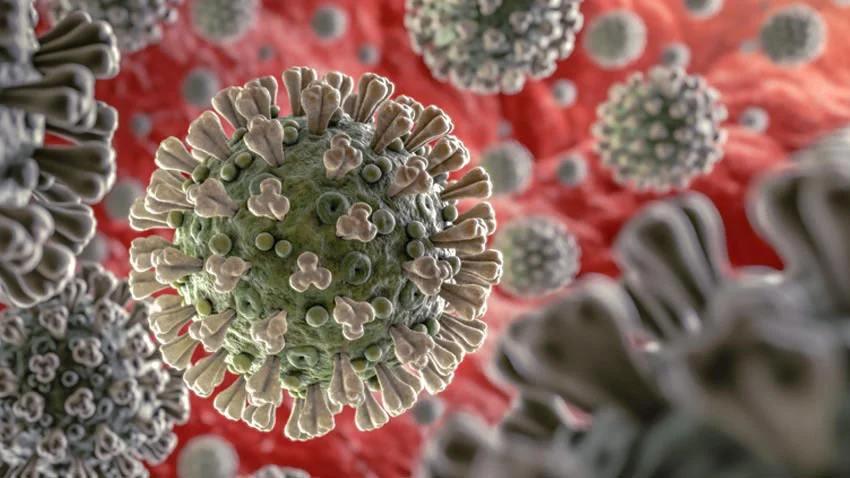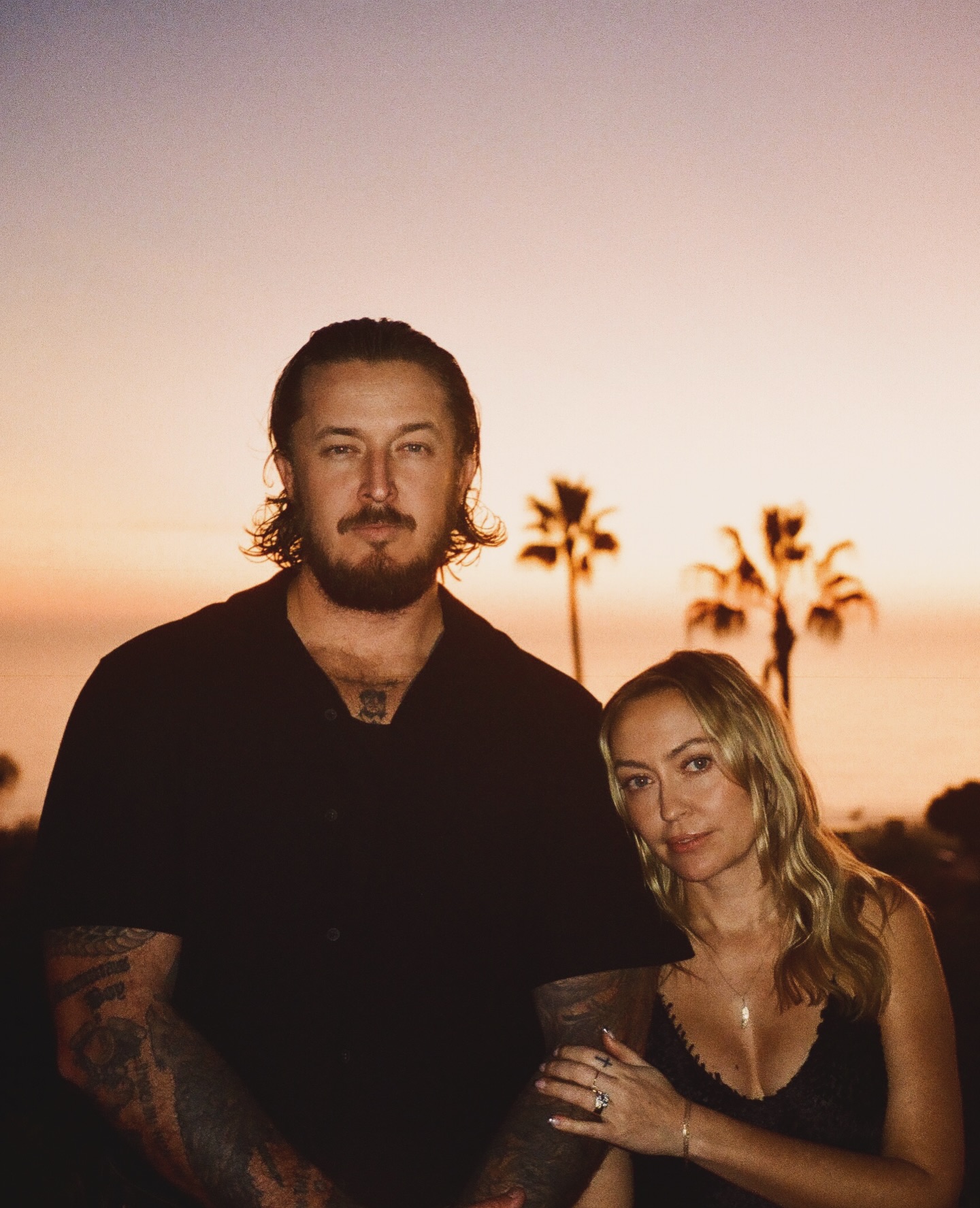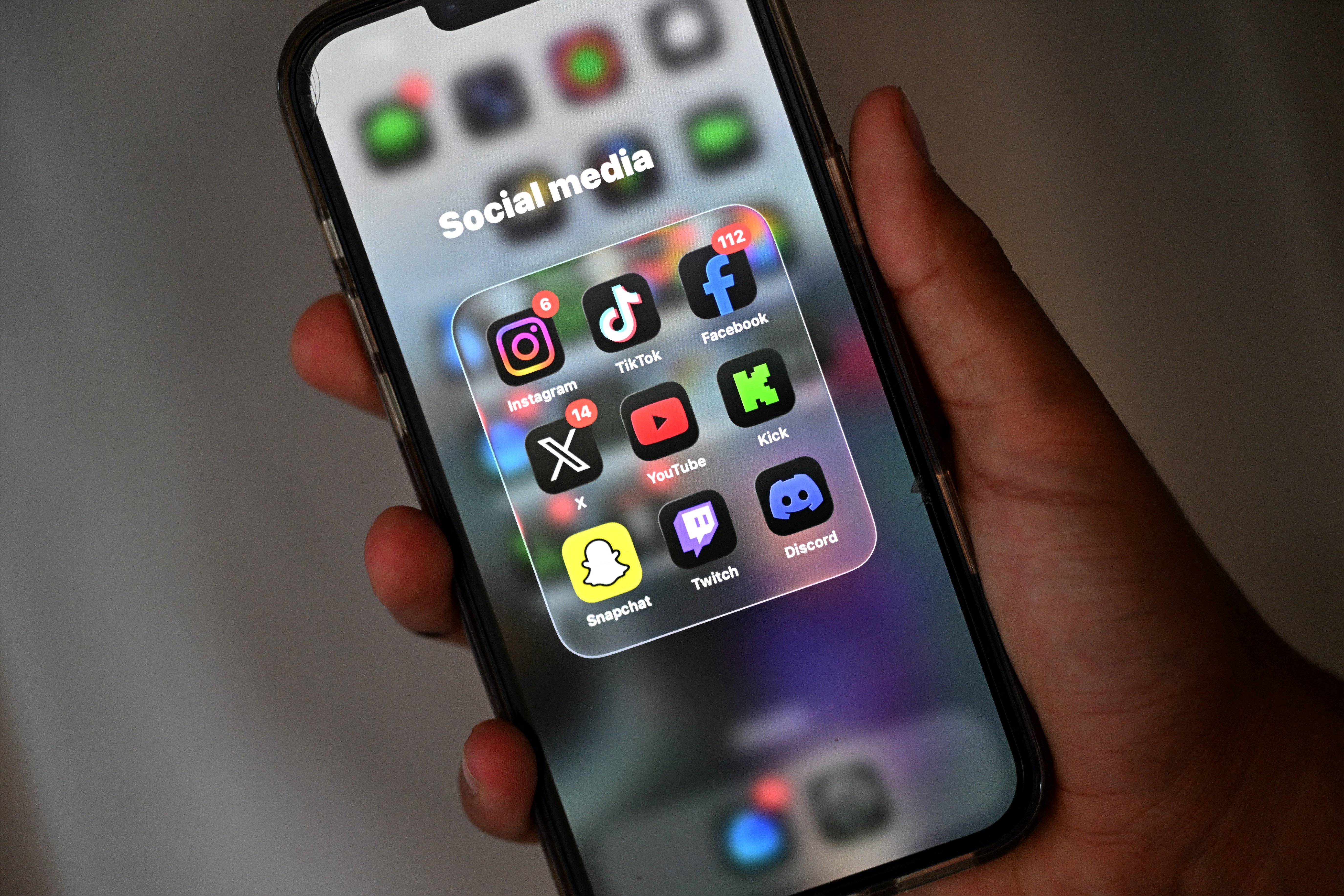The Non-Seasonality of COVID-19: Exploring the Reasons

The threat of the pandemic may be dissipating, but many individuals, including neighbors, friends, and family, continue to grapple with COVID-19.
Last summer saw a family member contract the virus during a camping adventure while a neighbor fell ill. The neighbor remained asymptomatic, maintaining his distance as a pink line manifested on his daily test. He would periodically update us on his progress: “The line was slightly more transparent today”. “It’s not there anymore” and finally, “It disappeared two days ago”. There was collective relief at his recovery.
In autumn and winter, the virus struck again: colleagues, the family of the previously infected neighbor long after his recovery, a friend who couldn't celebrate Christmas with her family due to a visit to a relative and another friend's relatives after the holiday season.
The experiences of those around me echo the rise and fall of contagion observed throughout the US and other temperate zones of the world. It has led to the contemplation on the nature of SARS-CoV-2, the coronavirus responsible for COVID-19, and its evolution into a virus confined to cold and flu seasons. Having a predictable cycle could facilitate the development and administration of vaccines while encouraging people to adopt precautions, like mask wearing, during particular periods.
However, recent information suggests that COVID-19 may persist throughout the year, propelled more by human action and immunity rather than climatic changes.
Several respiratory viruses thrive in colder, dry conditions (SN: 1/11/23). Similar to flu viruses, SARS-CoV-2 is more stable in lower temperatures and humidity levels. However, it was unclear whether the virus's stability under meticulously controlled lab conditions resulted in increased spread during certain seasons, explains Vincent Munster, a virologist at Rocky Mountain Laboratories in Hamilton, Mont., part of the U.S. National Institutes of Health.
Munster and his team carried out experiments using hamsters to represent humans, aiming to study airborne transmission — the primary mode of COVID-19 transmission — without considering less probable modes of spread, such as contamination via large droplets or surfaces. One infected hamster was placed at a distance of 90cm from a cage with an uninfected hamster, allowing only air borne transmission.
Tests conducted at room temperatures of around 22° Celsius with 45% relative humidity, cooler 10° C temperatures representing autumn and winter in most regions, and at 27° C with 65% humidity replicating tropical conditions showed that these environmental conditions do not affect the airborne transmission of the virus, as reported in npj Viruses on 9 January.
Munster notes that the environmental impact on these viruses is relatively minimal since they remain in the air for short durations. Aerosols can linger in the air for hours, as previous studies by Munster and his team have revealed, but virus transmission via infection likely occurs much quicker. Normally, an infected individual exhales an infectious virus, which is then inhaled by someone nearby. The transit time is insufficient for environmental conditions to significantly affect viral spread in such instances.
Munster believes that the biggest inquiry was, 'Does this imply that these viruses lack the tendency to become seasonal?' He speculates that the coronavirus may in fact have a season, but the timing will be dictated not by the calendar but by people's immunity and human behavior.
A separate recent study looked at this human behavior factor. Researchers from the University of Oxford analyzed data from a cell phone app that notified people when they had been in contact with a COVID-19 positive individual. They studied more than 7 million notifications sent between April 2021 and February 2022 and aimed to determine the predictability of virus transmission based on the proximity and duration of contact between the infected and uninfected individuals.
Many people believe that strangers pose the highest risk of transmission, but the data suggest otherwise, says epidemiologist Christophe Fraser.
The application was designed to alert individuals if they had been within two meters of a person infected with the virus for at least 15 minutes. At that point, the transmission risk was rather low, the expert explains. With every hour of exposure, the likelihood of transmission rose by 1.1 percent and continued to increase with exposure over several days, according to a report published by Fraser and his team in Nature on December 20. The study showed that while households accounted for just 6 percent of contacts, they were responsible for 40 percent of transmissions.
Most of the interactions happened with strangers, such as at the grocery store, and they accounted for a large number of contacts, but resulted in very few transmissions. The biggest transmission risk, according to him, comes from "someone you spend a lot of time with: for instance, someone you have dinner with, watch a movie with, live with, or work beside." This is due to the fact that infected individuals are constantly exhaling the virus, and the longer you are exposed and the closer you are to the source, the more likely it is that you will get infected.
Fraser further explains that the seasonality of other respiratory viruses is influenced not only by the climate but also by human behavior. For example, outbreaks of flu and respiratory syncytial virus (RSV) often coincide with children returning to school after summer and winter vacations. Even though it might take years, it is possible that COVID-19 will also evolve into a similar pattern.
Changes in human behavior, such as social distancing, mask-wearing, and other COVID-19 preventative measures, have been effective in suppressing seasonal viruses for a time, causing a sharp decline in the number of flu and RSV infections in 2020 and 2021. However, once these protocols were lifted, these viruses returned.
Researchers believe the resurgence of such seasonal viruses is due to a loss of collective immunity against the viruses, particularly among young children who have no immunity and older individuals with weaker immune systems. Immunization tends to diminish the further you are from a booster shot or the point of infection.
Luca Ferretti, a co-worker of Fraser at Oxford, says that alterations in human immunity might be the primary factor determining the future seasonality of COVID-19. But this has not been the case till now.
At the onset of the pandemic, no one was immune to the virus, hence, nearly everyone was susceptible to infection. Once vaccines became accessible and immunity was built-up due to the shots or previous infections, naturally, the initial strain of the virus could be hindered or slowed down by our immune system.
If the coronavirus altered at a slower pace like other respiratory viruses do, COVID-19 may have already transformed into a seasonal disease. However, the coronavirus is continuously changing rapidly, often bypassing immune defenses and infecting those who have recovered from it earlier.
As an example, the JN.1 variant was reported in October by the U.S. Centers for Disease Control and Prevention. By January 20, this variant contributed to nearly 86 percent of the cases in the United States and led to over 30,000 hospitalizations in just one week from January 7 to 13.
The largest coronavirus outbreaks have occurred when new variants emerged that allowed the virus to evade antibodies. It is still unknown whether the virus has any more such potent variants up its sleeve.
As immunity from vaccines and previous COVID-19 cases has shifted the peak of the viral load to about four days after symptoms emerge, human immunity plays a significant role in determining the stage at which individuals are most infectious. Nira Pollock, a clinical diagnostics expert at Boston Children’s Hospital, says the shift can be attributed to the immune system combatting the virus earlier in the infection, which triggers symptoms before the virus replicates in abundance.
This is beneficial, but it could unintentionally lead to more infections by impacting when home tests give a positive result. Because these tests require a sufficient viral load for detection, you may get a negative result and still be able to spread COVID-19 due to the delay in peak viral production. Therefore, if you have symptoms or have been in contact with a symptomatic individual, retesting is essential.
"If a test comes back negative on day one, it doesn't mean it's over," remarks Pollock. She recommends repeating the test, especially if symptoms persist, as the highest viral load might occur on the third, fourth, or fifth day. She adds, "This is the FDA's recommendation. It's on the box."
Being able to mark COVID-19 season on the calendar would be nice. At least then we’d know if we need to don masks along with our hats and gloves or with our beachwear. And there wouldn’t be so much guesswork in timing vaccinations.
For now, though, the coronavirus is on its own ever-changing timetable. Whether it eventually settles into a seasonal virus may depend on us. The strength of our collective immune systems and our willingness to take precautions to not spread any illness to others may eventually wrestle it into seasonal submission.




